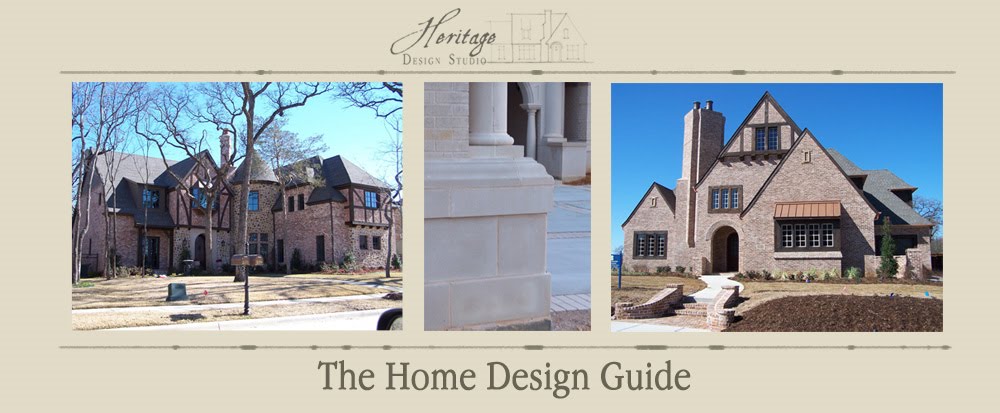My intention with this blog was to be a compliment to the work I do in new home design, and to be a resource to those interested in hearing a perspective from a professional in the industry. Whether you're a builder, or someone considering having a new home built, I hope to lay some groundwork here that will challenge the way homes are designed currently and lead to general improvements in the housing industry.
For some clarification, when I talk of "home design" in the context of this blog, I am speaking of the laying out and designing of a new home (although some of these principles will also undoubtedly apply to remodel work as well) as opposed to interior decorating or designing (the selection of colors, materials or furniture) of the interior of an existing home.
Right now, we are seeing a large "correction" in the housing market in the majority of the United States. Housing prices, in some markets, are varying greatly in their valuation. This may be a cause for good deals to those looking to buy, or a source of great anxiety to those looking to sell. For the builder, it's a time to look at where the housing industry is going as a whole and try and figure out how to survive, if not thrive, in these times.
I believe that the opportunity lies in situations such as these to take a hard look at the product that is being produced and to find ways of improving it's functionality, it's value, and it's aesthetics. This is a time that those willing to reinvent themselves, to improve their product, will be able to differentiate themselves and attract the business of discerning buyers.
So, what are the main issues with homes of today? What can be improved, and what can we learn from the past? Where is the industry headed, and what is "the next big thing"?
I think there are several things to consider when designing any home today.
- Size matters: Many of the homes built today are excessively large, with many rooms whose function does not really make much sense, or are used only on rare occasions. Consider dual or even multi-purpose rooms instead of dedicated room. For example, one builder we work with has begun combining the Game room with the Media room, allowing them to keep the functionality of both room while reducing overall square footage of the design.
- We can learn a lot from the past. Many stylistic trends of today use romantic terms such as "Old World" , "Country French" or "Mediterranean". In reality, these designs are using an eclectic mix of many different styles in a single composition. Eclecticism can be a good thing when done by someone who has a particular intent in mind, and understands the pieces and the language of what it is they are mixing together. However, all to often someone is simply adding a "bit of this and a dash of that" because they liked it somewhere else, and are not really stopping to think about whether it fits with the design of the home or not. Homes designed in the late 1800's and the early 1900's were, for a large part, designed by people who took the time to learn the language of the different architectural styles and trends, and knew how to assemble those pieces into a pleasing and balanced composition. By studying (and hopefully successfully emulating) these styles, a home begins to take on a timeless quality that transcends the housing trends, and won't quickly go out of style.
- Form follows function. This is an old saying, but it bears repeating. A home cannot simply be an artistic expression without providing it's specific and proper function first. A home must work on a practical level to the function of it's owners. To bring balance to this concept, however, I would add that a house does not become a work of art without the form being carefully considered. You need both parts of the design to be in harmony with each other. Thus:
- The floor plan is only one part of a well designed home. Many of the designs that are being generated today are made by starting with the floor plan and molding the envelope & the exterior of the house to fit a particular layout. By focusing strictly on the plan and ignoring the exterior while rooms are being laid out, one looses the opportunity to shift rooms around to achieve a balanced design on the exterior. The best designs start with a good impression of what the shape of the house will be when it's finished BEFORE a floor plan begins.
These are just some concepts that I hope to elaborate on in this blog. In the coming weeks and months, I intend to outline my thoughts and ideas to help guide, in some small way, the industry towards a better product. I look forward to your input as I collect these thoughts as I strive to assemble a work of value here.
Thanks for reading!
